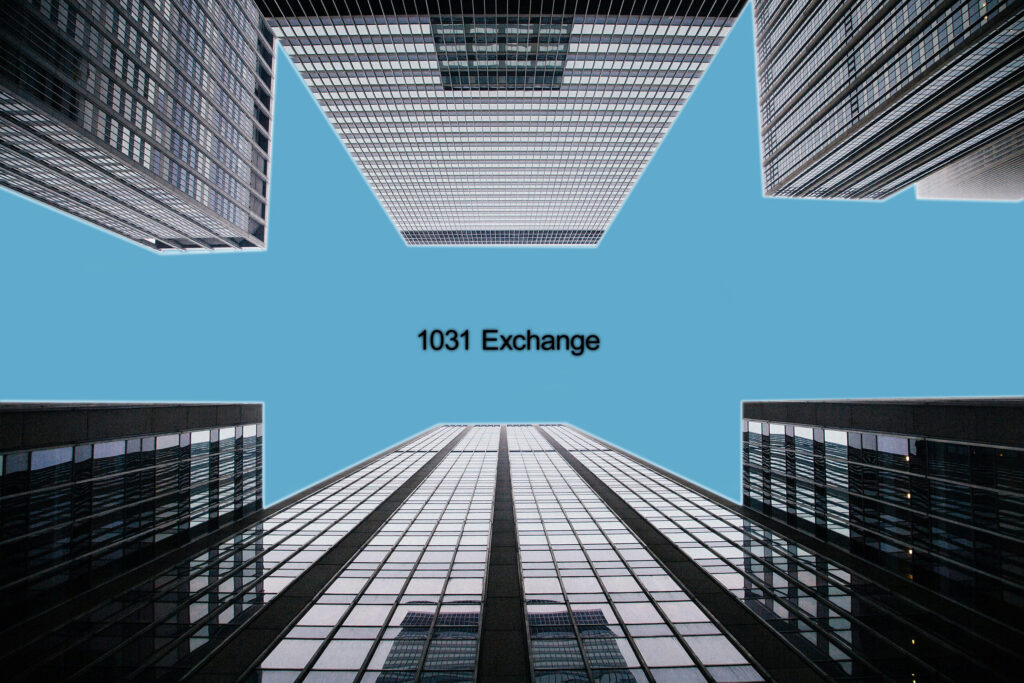Downleg 1031 on the Gulf Coast

In the world of real estate investment, few tools are as powerful—or as misunderstood—as the 1031 exchange. While most investors are familiar with the general concept of deferring capital gains taxes by reinvesting proceeds into a “like-kind” property, fewer have mastered the nuances of the downleg—the property being sold to initiate the exchange. For investors active along the Mississippi Gulf Coast, understanding how to strategically handle a downleg in today’s market could be the difference between compounding long-term wealth and leaving equity idle.
What is a Downleg in a 1031 Exchange?
The “downleg” refers to the relinquished property in a 1031 exchange—the asset you are selling before acquiring the new one (the “upleg”). IRS rules allow you to defer capital gains taxes on the sale of an investment property, provided you reinvest the proceeds into a new qualifying asset within specified timelines.
Timing is critical. Once the downleg closes, the clock starts ticking. Investors have 45 days to identify replacement properties and 180 days to close. But before you ever get to that point, the real value starts with optimizing the downleg.
Why the Downleg 1031 Matters More Than You Think
Many investors focus their energy on finding the perfect upleg, but the downleg can determine the ceiling for future gains. A well-executed downleg sale maximizes current equity, which in turn expands your buying power for the upleg. On the Mississippi Gulf Coast, where cap rates vary widely between asset classes—retail in Gulfport, multifamily in Biloxi, or industrial near the port—a poorly priced downleg can limit your ability to scale or shift asset types.
Take for example an investor who purchased a Gulfport strip center in 2012 for $1.4 million. That property may now be worth $2.3 million, but if the current NOI has not kept pace with market values—perhaps due to long-term leases or flat escalations—the ROE (Return on Equity) may be underperforming. Selling the downleg frees trapped equity and enables the investor to seek higher-yield opportunities, often with less risk and better tenant diversification.
Mississippi Gulf Coast Market Considerations
The Mississippi Gulf Coast presents a unique blend of opportunity and constraint for investors executing a 1031 exchange. The region spans several distinct submarkets, each with varying supply constraints, tenant demand, and tax considerations.
In Gulfport and Biloxi, there’s strong demand for stabilized multifamily assets, especially those near major employers or redevelopment zones. Retail remains active in corridors near U.S. 49 and the I-10 interchange, with tenants gravitating toward strip centers and pad sites anchored by national retailers. Industrial demand is growing near the ports and along the rail-served corridors, but inventory is tight.
These dynamics matter when selecting both the downleg and the upleg. Investors looking to exit an older Class C multifamily property in Gulfport, for example, may find better long-term upside by repositioning into a newer retail or medical asset in Ocean Springs or Pascagoula, where population growth and income levels are rising. Understanding market cycles and local absorption rates ensures that your next purchase doesn’t underperform the equity you just unlocked.
Common Pitfalls When Selling the Downleg
One of the most common mistakes in the downleg process is assuming that any gain will translate directly into leverage. But real-world frictions—debt payoffs, transaction costs, commissions, and state tax implications—often reduce your net proceeds by 8% to 12%. In Mississippi, that number may be higher depending on local transfer taxes and legal fees.
Another mistake is waiting too long to act. As equity builds in a property, it’s tempting to hang onto it for steady cash flow. But when you calculate ROE (not just ROI or cap rate), you may find that your investment’s efficiency has declined. A property acquired at an 8% cap rate may now be trading at a 5.75% implied return due to market appreciation. Without rent growth to match, your cash-on-cash return and ROE could drop significantly—even though the property “looks” like a winner on paper.
Savvy Mississippi Gulf Coast investors are now taking a more active role in portfolio management, treating every downleg as an opportunity to reallocate capital for higher ROE.
Execution Matters
The success of a 1031 exchange starts with the exit. Identifying the right downleg 1031 strategy includes getting a Broker Opinion of Value (BOV) from someone who understands current absorption rates, demand drivers, and buyer behavior in your submarket. Timing the sale to align with peak investor demand—spring and fall tend to be the most active periods along the Coast—can also enhance pricing.
Equally important is lining up potential uplegs before listing the downleg. Too often, investors secure a great sale price, only to scramble for a suitable replacement and settle for an inferior asset. Working with a qualified intermediary and a broker who understands both sides of the exchange is critical to navigating the tight timeframes and IRS regulations.
Final Thought
On the Mississippi Gulf Coast, real estate is local, timing is everything, and the downleg is the linchpin of your 1031 strategy. Whether you’re repositioning from a legacy asset in Long Beach to a stabilized NNN retail deal in D’Iberville, or rotating equity from multifamily to industrial, the downleg sale should be treated with the same rigor as any acquisition.
Ignoring the downleg is leaving money on the table. Getting it right is how you grow faster—and smarter.
Author Bio:
Grey Molyneaux is a commercial real estate agent specializing in seller representation on the Mississippi Gulf Coast. With a strong background in sales and marketing, he helps property owners maximize their real estate investments through strategic marketing. Grey is also a dedicated husband, father, and musician, balancing his professional expertise with his creative passions.

(228) 278-6616
grey@molyneauxgroup.com
